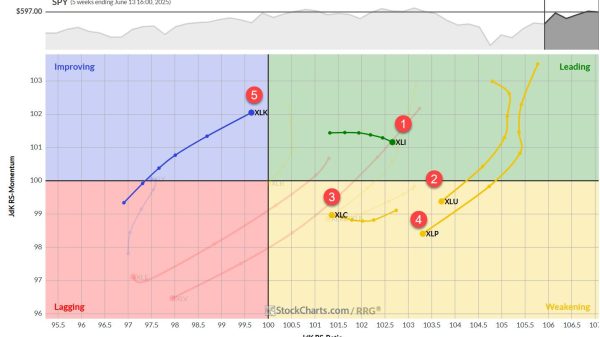What is the market-to-book ratio?
In this article, we will be discussing the market-to-book ratio and its formula. This ratio is a significant indicator of the value of a business so this article may be of great interest to any business owner or those evaluating businesses. The ratio can be useful for an investor in figuring out whether a stock/business is worth investing in. It tells them whether a business is undervalued, overvalued or valued just right.
To put it simply, this is a metric important for figuring out a business’s book value vs its market value, as the name suggests. We should expand further on what this entails. For the book value, this would mean how much shareholders would receive from the liquidation of a particular company or business. The market value, however, is what the market evaluates the company at. Overall then, the ratio calculates the total value of a company. Using a book-to-market ratio is also acceptable. It measures this very same thing as long as it is clear which one of these ratios is in use. Both types of ratios are just as important. Another name for the whole concept is the price-to-book ratio.
The ratio can therefore be attractive because it gives an indication of how the market values a firm relative to its assets. This then reflects the efficiency with which the market believes a certain firm is being run by its owners. So it indicates whether the market expects growth from the firm or whether it expects it to stagnate.
Calculating the market-to-book ratio
So now we shall discuss how to calculate the market-to-book ratio. The first thing to do is determine the market value. We can do this by looking at what the stock’s price is and the number of shares stockholders are holding. We then multiply them. This then gives us the total market value, although this could fluctuate quite quickly depending on the price of a common stock, which can sometimes be volatile. This value is only relevant in the very moment it is calculated. It should be clear by this point that this calculation is only relevant for companies that are publicly traded since we are using this market value.
The second factor, as we know, is the book value. We will need the book value formula for this. First off, you need to calculate the value of all business assets. Then you need to calculate the total amount of liabilities of the business (debts and obligations). You also need to find out the value of intangible assets of the business, like patents, trademarks, etc. Then you take away the total value of the liabilities and intangible assets from the total asset value. This is what shareholders receive if the company suddenly disappears. The book value per share of a business can tell each individual investor what they could receive, so this measure is useful on its own. This value is far more stable than the market value. It does not change depending on investors perceptions at the moment. It relies on calculable values at any one moment.
Finally, how is the market-to-book ratio measured? From this point, calculating the market-to-book ratio is simple. You simply divide the market value of the business by the book value of the business. To put the whole thing in perspective, we can write it out the formula like this: market-to-book ratio = (stock price x shares held by stockholders) / (total assets – intangible assets – liabilities). Of course, if we need the book-to-market ratio, we simply reverse this formula.
Using this ratio
If we are to make sense of the number that we get in the end, we need to know what the regular value is when using this ratio. If the market-to-book value is lower than normal, this indicates an undervaluation in a business, making it a great investment opportunity. It could also mean investors lose faith in a business and that its model may be out of date. A higher value may be a less attractive perspective as it would be a more expensive investment. However, this higher value may just mean that confidence in the business’s future is high and it is likely to succeed. A value of 1 indicates that a company has an accurate evaluation by the market.
Of course, with the use of a book-to-market ratio the opposite would be true. A value above 1 would indicate that investors undervalue a company and below 1 indicates that investors overvalue it.
Any investor has to evaluate these businesses on a case-by-case basis and use the market-to-book value as just one instrument in their evaluation. The ratio is not necessarily accurate, and there are several reasons that a business may not be near a value of 1. For example, some companies need very few assets to experience proper growth (very true of digital companies like Netflix). The ratio also doesn’t consider factors like the prospective earnings growth (a useful tool for measuring the potential growth of a specific stock).
Overall, this article should have given some idea on the topic of the book-to-market ratio. It has explained how one can calculate it and how to use it when making an investment decision.
The post What is the market-to-book ratio? appeared first on FinanceBrokerage.
























